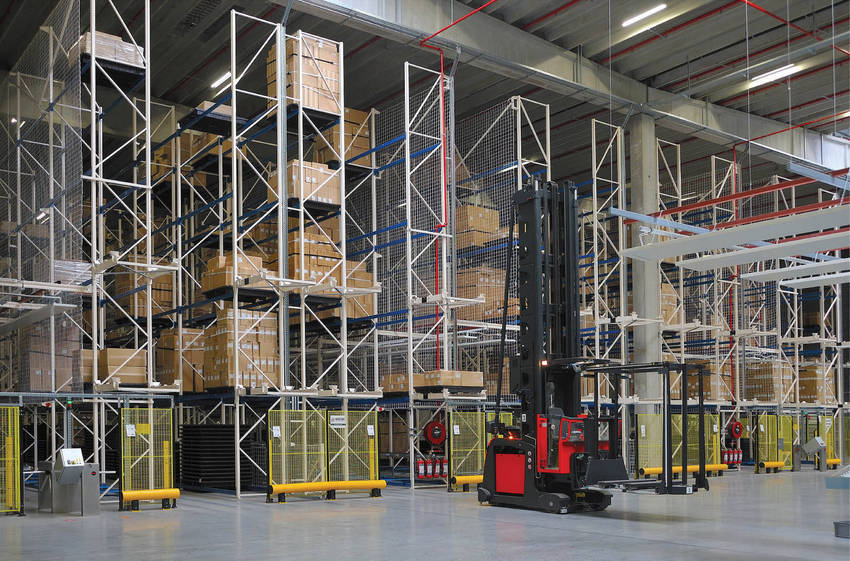Given the state of economy we are faced with it is no surprise that companies are looking into ways of increasing productivity and efficiency while at the same time lowering the costs. There are some ideas and tips you can follow in order to create more efficient, productive warehouse operations.
1. Communication is Key
Most employers tend to forget their business couldn’t run without the employees they have. Even though our business market is filled with highly capable people willing to work, that shouldn’t mean we should treat our current employees as an easily replaceable link of our work chain. For the business to run smoothly and be as productive as possible, you need to develop an honest relationship with your workers and make sure you clearly communicate your organizational goals with them. Further, to avoid employee productivity suffering you want to instruct your managers to create an environment of open and clear communication as this is the only way to enhance productivity and eliminate wasted resources.
2. Standardize Your Processes
It is inevitable for any field of business to face errors. Still, the point of a successfully organized warehouse is to reduce errors to a minimum. Standardization will help errors elimination as it also will save you time and money. By reducing potential variation in areas such as shift scheduling, unloading, facilities management and accounts payable you are doing your business a huge favor! Standardization saves time and money, and reduces errors to a great degree!

3. Measure What Matters
In order to achieve continuous improvement in your processes you need to stay on top of most important processes within your business. As someone running your enterprise, you need to know what matters to your customers and shareholders so you can know what to focus your energy and time on. If you see an outcome is not important, don’t waste time measuring it. You could always turn to a work measurement program gauging and reporting warehouse performance at the employee level. Most firms that have adopted the same program, have shown great increase in productivity and reduction in labor costs by significant percentage.
Further, to ensure the proper causal connection between enablers and outcomesmake sure you determine what drives processes. What reflects the past are key performance indicators while error proofing and standardization are the answer to productivity now.
4. The WHYs and HOWs of your Business
To manage to run a successful industry, you need to dive in deep and understand all underlying functioning of the business you are running. Meaning, you need to understand the “why” of your operations, not just the “how.” This is where we suggest you use the DMAIC method. It’s a five-step approach (Define, Measure, Analyze, Improve, and Control) that reduces costly process variations. DMAIC ensures highly competitive costs and sustained, defect-free performance. DMAIC is the backbone of Six Sigma methodology.
5. Show Your Associates You Care
The people your work with every day stopped being workers long time ago and became somewhat a key part of your business. After all, they are process experts who know how to reduce or eliminate waste. If you are not showing respect to your employees, how can they know you are proud to have them in your team? The way you treat your employees can significantly impact warehouse productivity. That being said, makes it a priority to involve, empower and align your associates to a company culture committed to partnership, responsibility, inquiry, and customer satisfaction.
6. Education is Important
People at leading positions in your company need to be properly educated on what they should do and ask. It’s your job to educate them to make decisions, gather necessary information and ask the right questions. They also need to be ready to take appropriate, corrective action. Educating staff is vital to improving processes, services and products. Education is related to the use of equipment, too. If you have newbies among your staff, teach them all about forklift hiring, warehouse functioning and the value of equipment used, etc.
Further, creating a robust training program that incorporates cross-training may do much for your business. Even though many employees are likely to turn to the traditional sink-or-swim method, praxis has proven that a training program gives much better results. By breaking a job down and presenting the operation to new associates you are allowing them to test their performance before releasing them to the process.
Operating a warehouse is a pretty demanding job, yet – with proper planning and organization – you are looking at a highly successful business endeavor!



